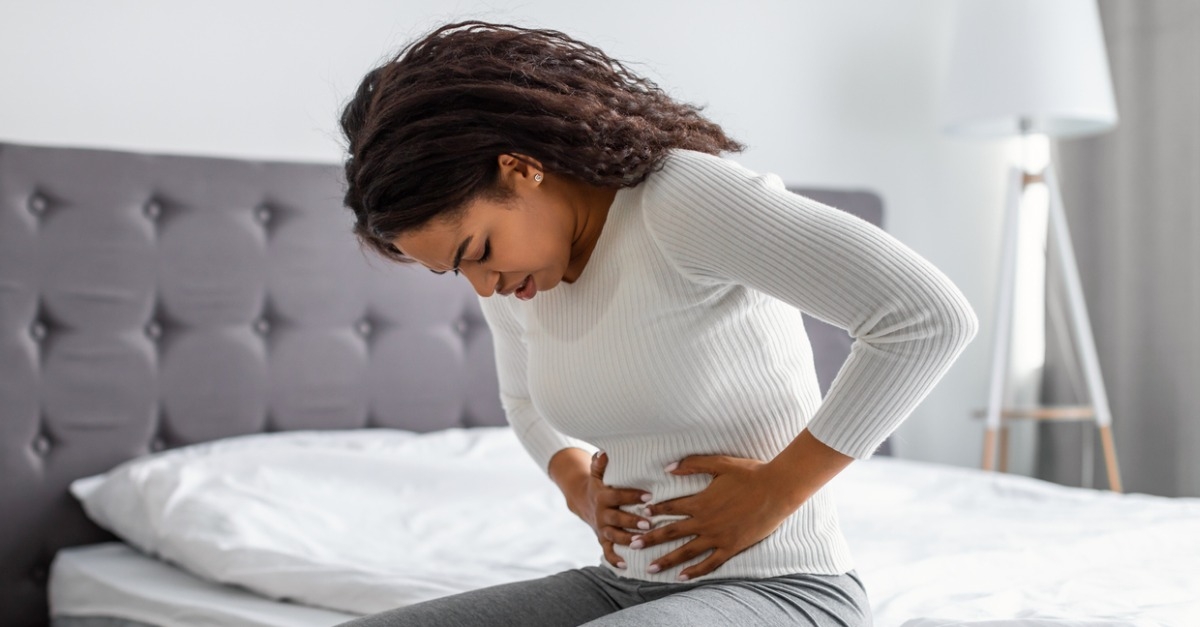Endometriosis: What is it, Symptoms, and Treatments
Endometriosis is a gynecological condition affecting about 11% of women in the United States. These women often struggle with severe menstrual cramps and reproductive complications. If you are experiencing similar problems, and are wondering if you should seek treatment, here’s more information on the topic:
What is endometriosis?
The uterus has an inner lining of tissue called the endometrium, and it is released during each menstrual cycle. Endometriosis is when similar tissue grows on the outside of the uterus — often around the ovaries, fallopian tubes, and pelvis. This tissue is normally “programmed” to shed through your vagina during childbirth or your period, but, when it grows outside the uterus, it becomes trapped and can therefore cause severe pain.
Endometriosis can distort the fallopian tubes and inflame ovaries, hindering the ovulation process. Approximately 20-40% of infertility cases are also related to endometriosis.
Symptoms of Endometriosis
There are many other symptoms of endometriosis on top of extreme menstrual pain and infertility, and these include:
- Painful menstrual cramps that worsen over time
- Lower abdomen or intestinal pain
- Experiencing pain during sex or afterward
- Bowel movements and urinating are more painful during periods
- Heavy flow on periods
- Spotting or bleeding before or in between periods
- Difficulty conceiving
In some cases, endometriosis can be asymptomatic — you may not notice you even have it. But, if you do experience any of the above symptoms, it is always important to discuss them with your doctor and assess your condition.
Who is at risk?
Risk factors for endometriosis are still being researched, but women with abnormal cycles may experience higher risk than others. For example, you’re twice as likely to have endometriosis if you have a less than 25-day cycle or your period lasts for more than 7 days.
Other common risk factors include having endometriosis in your family history, including a sister, daughter, mother, or grandmother. This risk is further heightened if you started your period at an early age or if you have been diagnosed as infertile.
Diagnosis
Unfortunately, diagnosis of endometriosis cannot be based on symptoms and outward evaluation. Instead, your doctor might first assess your family history and may do a pelvic exam or ultrasound to detect any cysts or scars.
For an official diagnosis, your doctor will perform a laparoscopy, making a small incision in your abdomen and inserting a small tube equipped with a camera. This process collects images of any tissue outside of the uterus. A biopsy (sample of the tissue) may also be taken.
Treatments
Endometriosis can either be treated with prescription medication or with surgery. Your best option will depend on your individual case, symptoms, and whether or not you want to have children. Hormonal birth control, for example, is a common option for those not looking to conceive, as it helps relieve pain symptoms and regulate your menstrual cycle.
Surgery is often best for those struggling with fertility or if over-the-counter medication fails to relieve your pain or uncomfortable symptoms. This surgery entails removing the tissue outside of the uterus under general anesthesia.
Others have found that alternative treatments like acupuncture, physical therapy, and/or herbal medicine can help relieve symptoms.
If you are experiencing endometriosis symptoms or complications, our physicians will provide personalized care to confirm a diagnosis and determine your next steps towards comfort. To schedule an appointment, visit us online or call us at (404) 352-2850.



